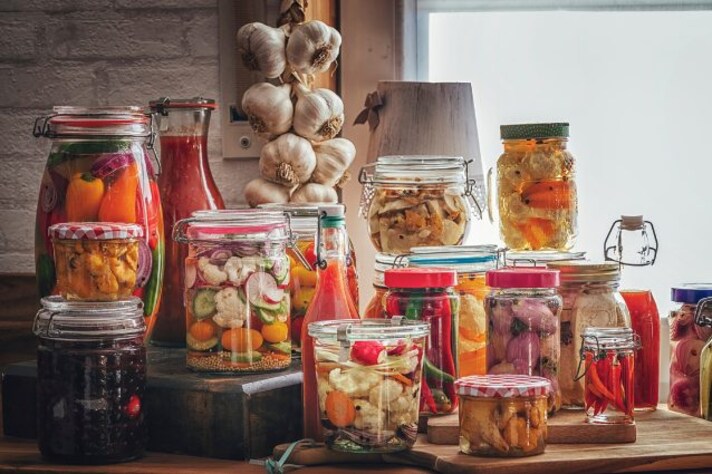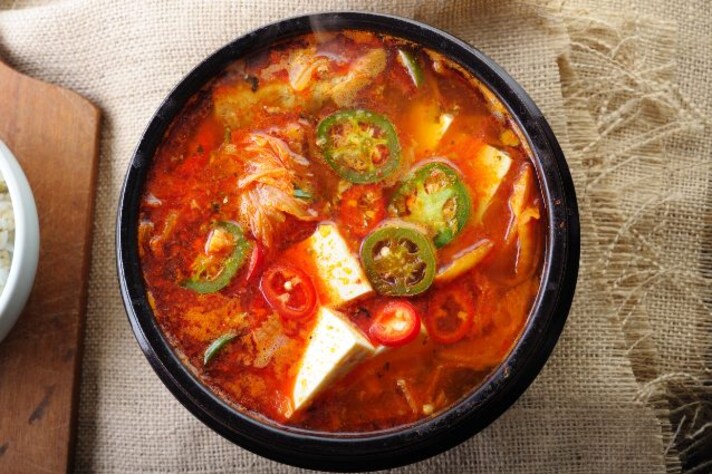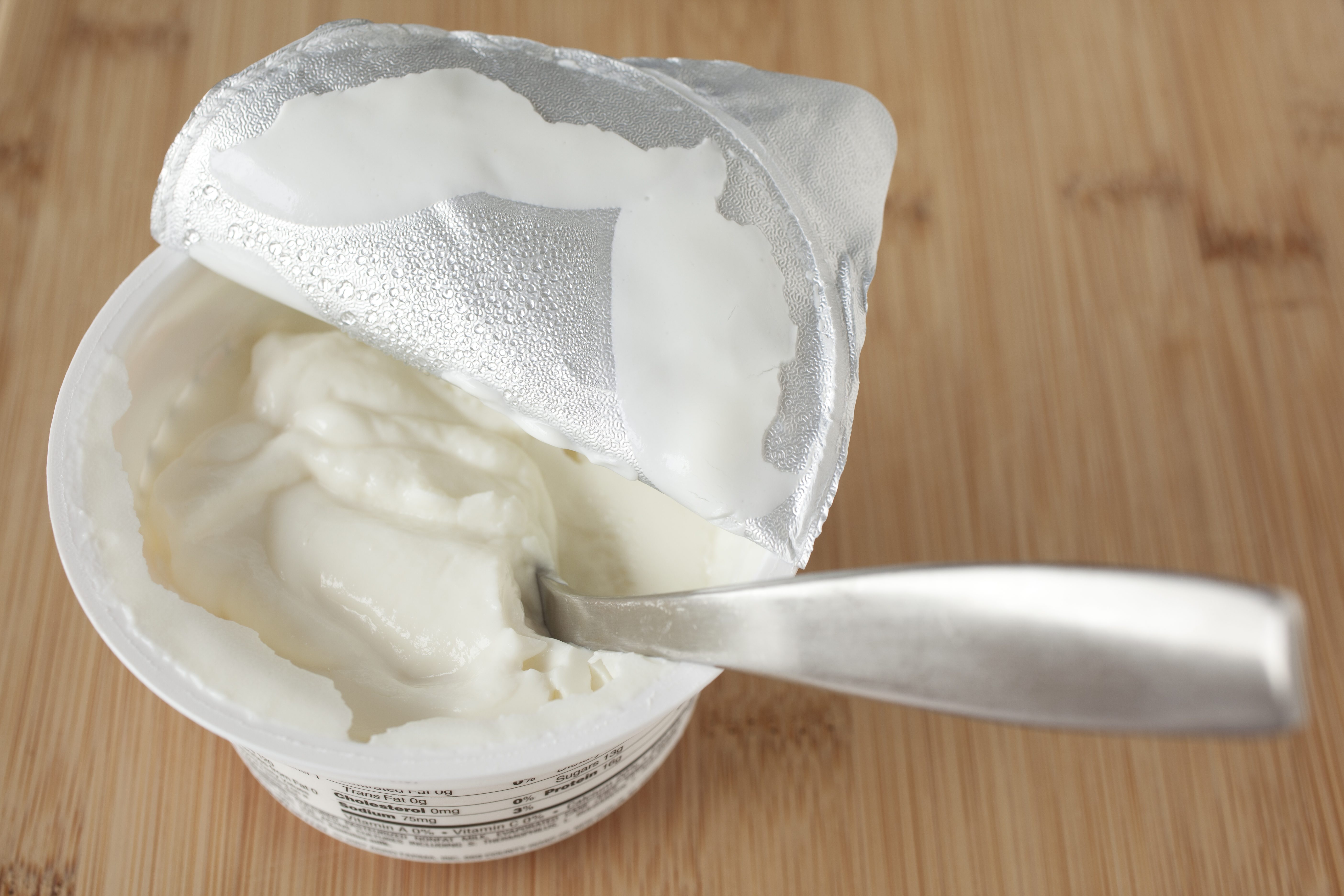Fermented Foods 101: Why They’re Good for You and How to Use Them
Fermented foods, such as kimchi, kefir, and miso, offer a wealth of health benefits, including improved digestion and boosted immunity. These probiotic-rich foods not only enhance flavor but also support overall wellness. Whether incorporated into soups, smoothies, or as a snack, adding fermented foods to your diet is a simple way to elevate both taste and nutrition.

Fermented foods are those that have been processed through fermentation, a natural metabolic process where microorganisms like bacteria, yeasts, and fungi break down food sugars into acids or alcohol. This process not only preserves food but also enhances its flavor, texture, and nutritional value. Fermented foods have been a staple in many cultures for centuries, from sauerkraut and kimchi to kombucha and yogurt.
Why Are Fermented Foods So Special?
The true magic of fermented foods lies in the live microorganisms they contain, known as probiotics. These beneficial bacteria contribute to your gut health, which has a significant impact on digestion, immune function, and overall well-being. Fermentation also increases nutrient absorption, making vitamins and minerals more bioavailable. In addition, the fermentation process can enhance flavors, giving foods a tangy, umami richness that fresh foods simply can’t match.
Benefits of Fermented Foods
Fermented foods offer an array of health benefits, making them an excellent addition to any diet:
- Improved Digestion – The probiotics in fermented foods help balance the gut microbiome, promoting healthy digestion and reducing symptoms like bloating, gas, and constipation.
- Boosted Immunity – Fermented foods contribute to a healthy gut, which plays a key role in immune function. A balanced gut microbiome can strengthen your body's ability to fight off infections.
- Enhanced Nutrient Absorption – The fermentation process breaks down compounds in food, making it easier for your body to absorb important nutrients like B vitamins, vitamin K, and minerals such as magnesium and iron.Reduced Inflammation – Some studies suggest that probiotics can help reduce inflammation in the body, which is linked to chronic diseases like heart disease and arthritis.

How to Use Fermented Foods in Your Diet
Incorporating fermented foods into your meals is easier than you might think. From snacks to main courses, fermented foods can enhance the flavor and nutritional value of any dish. Here are some ways to enjoy them:
1. As a Side Dish
Fermented vegetables like kimchi, sauerkraut, and pickles are great as a side dish or condiment to balance out rich or fatty meals. The tangy flavor can cut through the richness of meats or cheese, adding a refreshing contrast to your plate.
- Try This: Pair kimchi with grilled meats or sauerkraut with roasted sausages for a traditional and flavorful combination.
2. In Smoothies
Fermented foods like kefir and yogurt are perfect for adding a creamy texture to smoothies while boosting the probiotic content. Adding a spoonful of these fermented dairy products can help support your gut health and digestion, while giving your smoothie a tangy twist.
- Try This: Blend kefir with fruits like berries, banana, and a little honey for a tangy, gut-friendly smoothie.
3. In Soups and Stews
Fermented foods can be used to enhance the flavor of soups and stews. Miso, for example, is a fermented paste that adds a rich, salty umami flavor to broths, while kimchi can bring a spicy tang to soups.
- Try This: Add a spoonful of miso to your vegetable or chicken soup for an extra layer of depth and flavor.

4. As a Snack or Appetizer
Fermented foods make great snacks that are both satisfying and healthy. You can snack on pickles, fermented olives, or fermented nuts, which are flavorful and full of probiotics.
- Try This: Enjoy a small bowl of fermented olives or pickles with a glass of wine or as a snack before dinner.
5. In Salad Dressings
Fermented foods like apple cider vinegar and miso make excellent bases for homemade dressings. These ingredients lend a tangy, savory richness that elevates the flavors of your salads.
- Try This: Mix miso, sesame oil, and rice vinegar to make a deliciously rich and tangy dressing for your salads.
Popular Fermented Foods to Try
Here are some common fermented foods you can incorporate into your diet:
- Kefir: A fermented dairy drink that’s similar to yogurt, rich in probiotics and great for digestion.
- Sauerkraut: Fermented cabbage that’s rich in vitamin C and a popular side dish or topping.
- Kimchi: A spicy, fermented vegetable dish often made with napa cabbage, radishes, and chili peppers.
- Miso: A fermented paste made from soybeans that adds a savory umami flavor to soups, sauces, and dressings.
- Kombucha: A fermented tea that’s packed with probiotics and available in a variety of flavors.
- Tempeh: A fermented soybean product that’s rich in protein and can be used as a meat substitute in many dishes.
- Pickles: Vegetables, often cucumbers, that have been fermented in brine and are rich in probiotics.
Where to Buy Fermented Foods
Fermented foods can be found in most grocery stores, particularly in the refrigerated section. Health food stores often carry a wide variety of fermented options, including kefir, kimchi, and kombucha. You can also find fermented products at Asian markets or farmers’ markets for more traditional options.

How to Store Fermented Foods
Many fermented foods require refrigeration to maintain their live cultures. Store them in airtight containers to preserve freshness and avoid contamination. For homemade fermented foods, make sure to store them in glass jars or containers to keep them from absorbing any unwanted flavors from plastic.
Final Thoughts
Fermented foods are not only delicious but also come with a wide range of health benefits. Packed with probiotics, vitamins, and minerals, these foods help support digestion, immunity, and overall health. Whether you’re enjoying kimchi as a side dish, adding miso to your soup, or sipping on kombucha, incorporating more fermented foods into your diet can improve both the flavor and nutrition of your meals.
;Resize,width=767;)
;Resize,width=712;)
;Resize,width=712;)
;Resize,width=712;)
